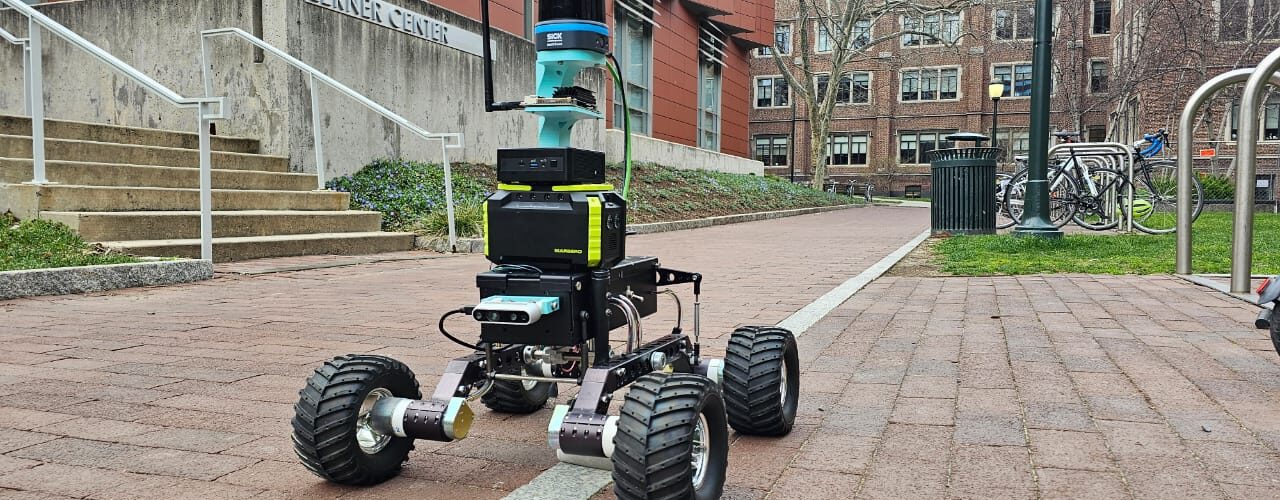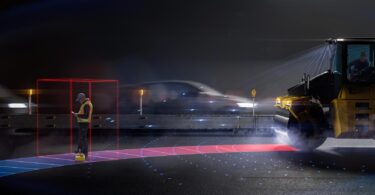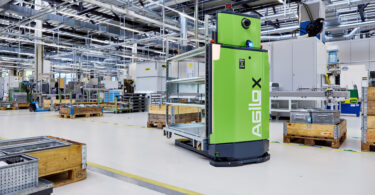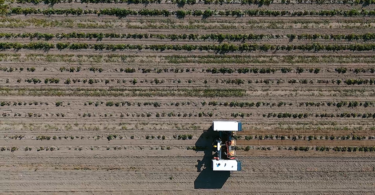Student innovators nationwide put entrepreneurial and technological prowess to the test in Fifth Annual SICK$10K Challenge
Back in 2018, SICK began a challenge for university students all over the country to pair innovation with SICK technology. The SICK$10K Challenge, formerly known as the TIM$10K Challenge, returned for its fifth year during the 2023-2024 academic school year. Thirteen teams were equipped with a 360° 3D LiDAR sensor, the multiScan100, from SICK. The goal was to identify a problem and create a solution that uses 3D LiDAR.
Students nationwide developed applications for many different industries, ranging from the medical field to parking lot maintenance. These solutions are a clear sign that both the future of technology and the next era of innovators are already here.
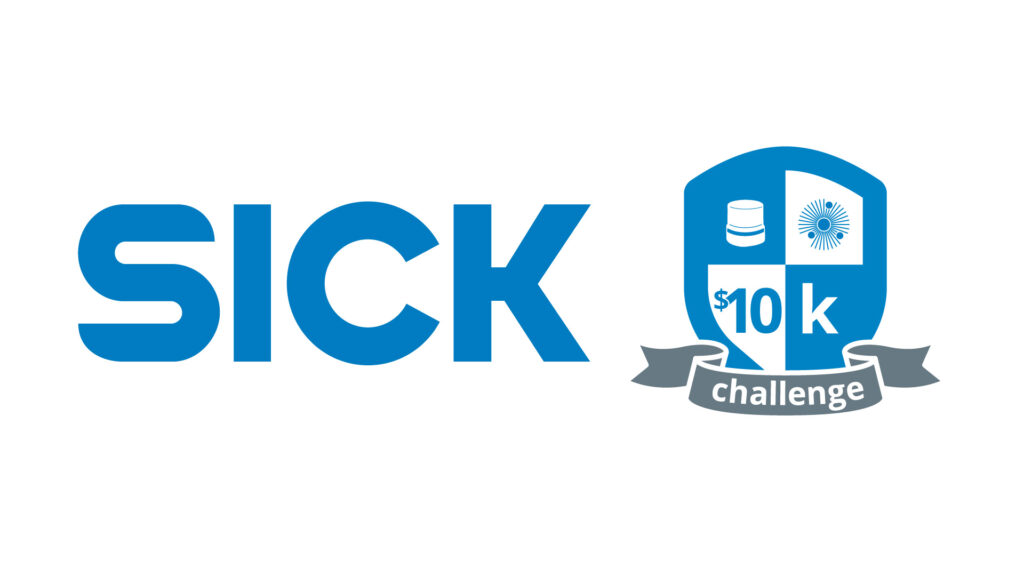
How is the challenge judged?
For submission, the teams are required to create a video and write a paper illustrating their solution. After careful consideration and scoring of the future commercial production, innovation, and creativity of the application by a group of SICK employees, the top three teams are named.
These teams then win a cash award: $10K for first place, $5K for second, and $3K for third. Additionally, the first place team wins an all-expenses paid trip to SICK’s North American headquarters in Bloomington, Minnesota.
What is the multiScan100?
To gain hands-on learning, university teams were equipped with the multiScan100, a SICK 3D LiDAR sensor. Using 16 scan layers, it creates a 3D point cloud where people and objects can be detected indoors or outdoors.
There are many potential applications with the multiScan100 since it is used for detection and localization of objects. The multiScan100 can be found in a variety of industries, including agriculture, manufacturing, and traffic monitoring. Because of this versatility, the competing teams’ solutions were across the board.
As teams, university students were challenged to develop an innovative, creative solution to a problem. There were 13 submissions, but the 2023-2024 SICK$10K challenge winners include:
First Place – The University of Pennsylvania
The winning team is from The University of Pennsylvania with a solution to streamline parking lot striping. Maintaining a parking lot is labor intensive and often must be done during irregular work hours. After speaking to industry experts, it was clear to the team that an automated solution was the next step to maintain parking lots more efficiently.
Team members include Aditya Barge, Chandravaran Kunjeti, William Prosko, and Jason Xie.
“Traditionally, most job sites necessitate three workers to measure out, chalk, and stripe asphalt or concrete surfaces. Our goal is to streamline operations to require only one worker per site, halving the time required for striping,” claimed the team. Using the multiScan100 and other advanced technology, the team was able to streamline the process and increase jobsite productivity six-fold. Not only was the team focused on gains in productivity, but also an increase in safety.
“[Our solution] would also be safer since there are accidents that do occur in this industry, but if you can replace a human in those dangerous situations, that’s a great application,” claimed team member William Prosko. Since the robot is equipped with SICK LiDAR, it creates a real-time view of its surroundings, making the process incredibly safe and efficient. How? This view means the robot can avoid collisions and also see where it’s striping.
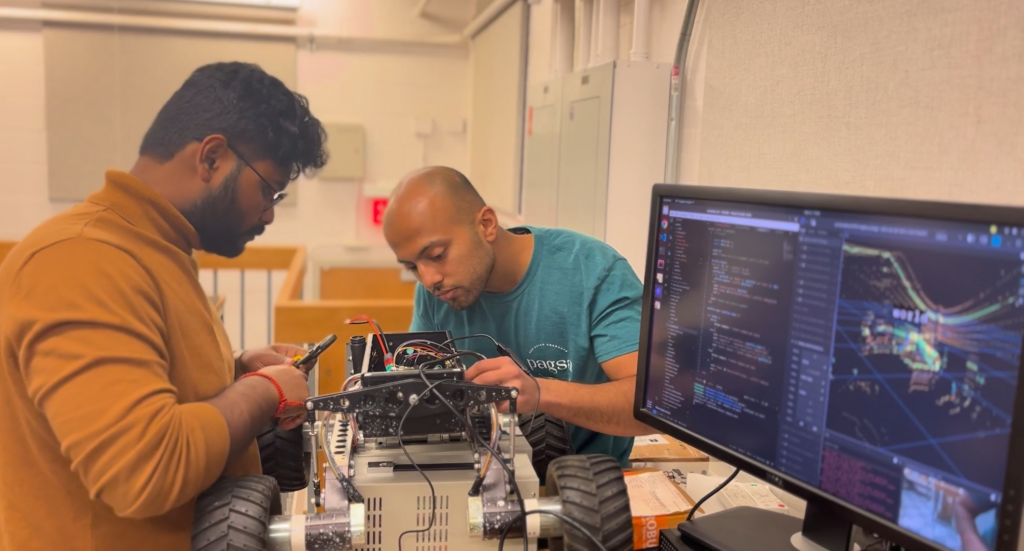
Second Place – Texas A&M
The team from Texas A&M University came in second for their innovation to an essential piece of medical technology: operating room lights. These lights have seen little advancement in the history of medicine and this team sought to change that. Their solution was an autonomous/remote control operating light that eliminates distractions and allows for advantageous illumination in the operating room.
Team members include Rawan Al-Jubory, Carson Benner, Zach Butterfield, Connor Gilliland, Anthony Salazar, and Jack Wingard.
Carson Benner explained his greatest takeaway from the challenge was learning directly from industry experts. “A large part of our success came from developing relationships and problem solving with multiple [SICK] representatives,” noted Benner.
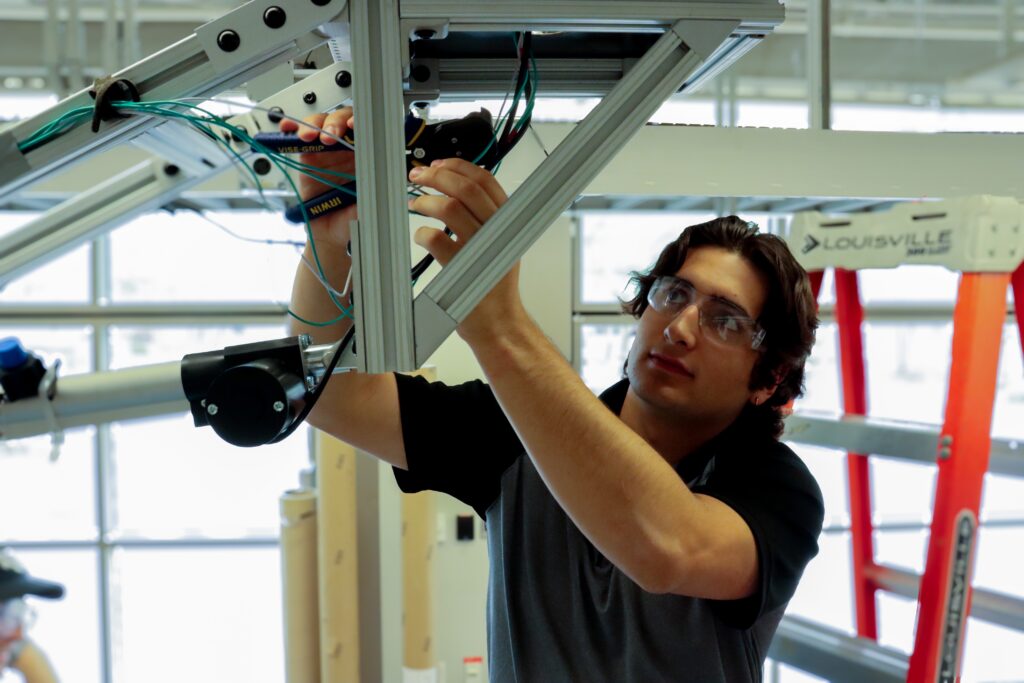
Third Place – Michigan Technological University
The team coming in third hails from Michigan Technological University, using the multiScan100 in a wearable helmet solution that alerts the wearer about nearby potential hazards. Team members include Alex Beltz, Alexander Kwapisz, Zoey Mishler, Chase Pelletier, and Nathan Soule.
Their solution is a “fully wearable and hands-free device utilizing the multiScan100 in conjunction with [the team’s] developed software to enable the user to navigate their environment safely and confidently,” explained the team. The Real-time Hazard Evaluation and Mitigation Instrument communicates information to the user through eight different pressure applicators located on the helmet.
“Our main goal was to create something that could be usable for anyone, whether they have a visual impairment, auditory impairment, or if they have full use of their senses but are in an environment that is difficult to navigate,” notes Zoey Mishler. Not only can this device improve the lives of the 1.1 billion people who suffer from visual impairment, it can be used by any user who would benefit from an enhanced view of their surroundings.
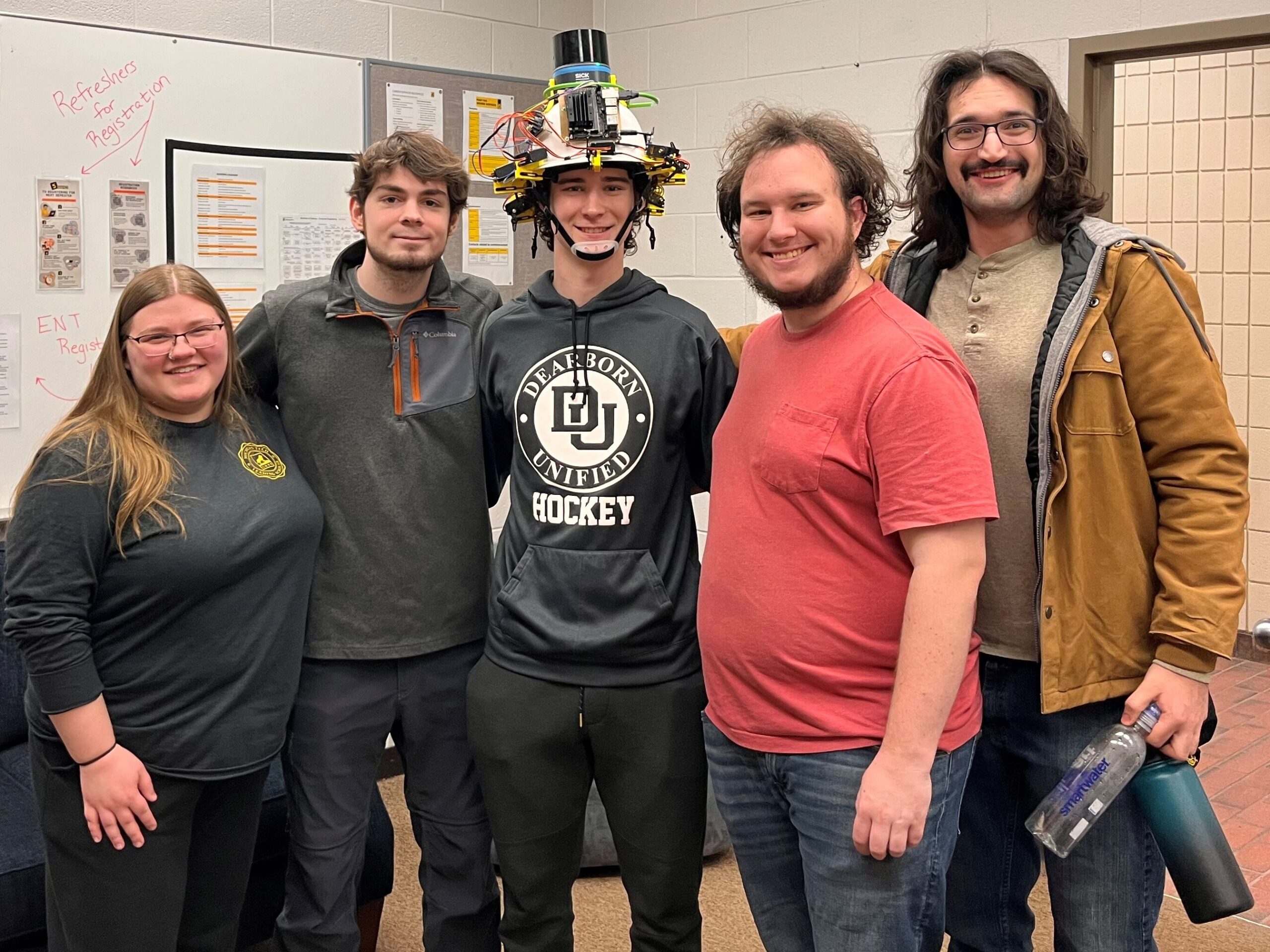
Are you hoping to compete?
Check back Fall 2024 to get more information about the SICK$10K challenge!


